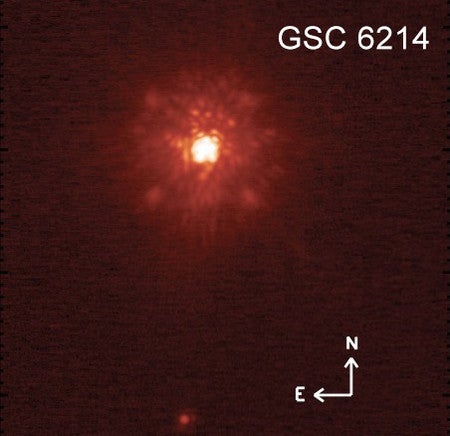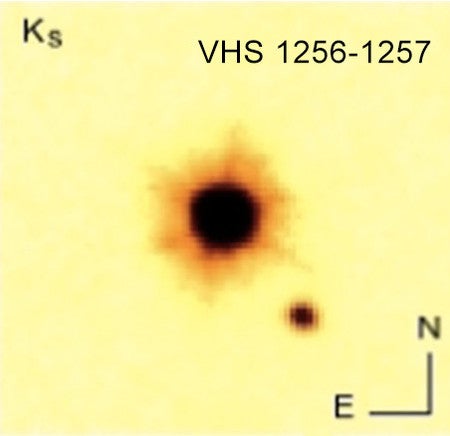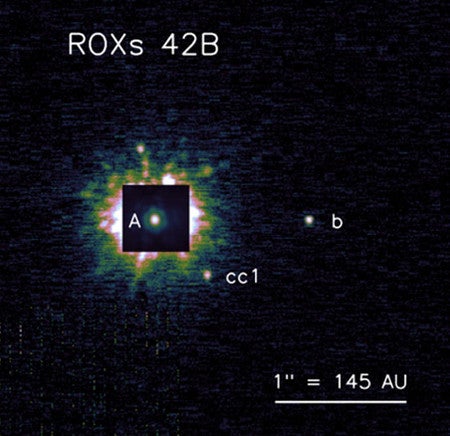Despite this problem, astronomers have still managed to snap images of about 20 large planet-like bodies orbiting other stars. These celestial objects, known as planetary-mass companions, possess three traits that make them well suited for imaging — they are more massive than Jupiter, they orbit very far from their host stars, and they are relatively young, so they are still glowing with heat from their initial formation.
Though researchers are making headway imaging planetary-mass companions, one fundamental question still remains: Are these companions actually exoplanets, or could they instead be “failed stars” called brown dwarfs?
To help address this question, a team of astronomers from Caltech measured the spin rates of three planetary-mass companions — and included the spin rates of two previously studied companions — before comparing them to the spin rates of similarly sized, free-floating brown dwarfs. Their findings, published on December 4 in Nature Astronomy, showed that all five companions were spinning at almost exactly the same rate as their brown-dwarf counterparts.
The researchers put forth two possible explanations for why the planetary-mass companions were spinning at the same rate as their brown-dwarf counterparts.
The first possibility is that the companions are, in fact, brown dwarfs. Brown dwarfs form just like regular stars do, out of collapsing clouds of gas and dust. However, unlike stars, brown dwarfs do not have enough mass to kick-start nuclear fusion within their cores, so they never shine with the same blinding intensity as regular stars.
The second possibility is that the companions were formed in the same way as regular planets, out of the swirling disks of material that surround young stars. But if this is the case, then why do the planets have spin rates nearly identical to those of the brown dwarfs?
“It’s a question of nature versus nurture,” said Knutson. “Were the planetary companions born like brown dwarfs, or did they just end up behaving like them with similar spins?”
“Spin rates of planetary-mass bodies outside our solar system have not been fully explored,” said Marta Bryan, graduate student and lead author of the study. “We are just now beginning to use this as a tool for understanding formation histories of planetary-mass objects.”












